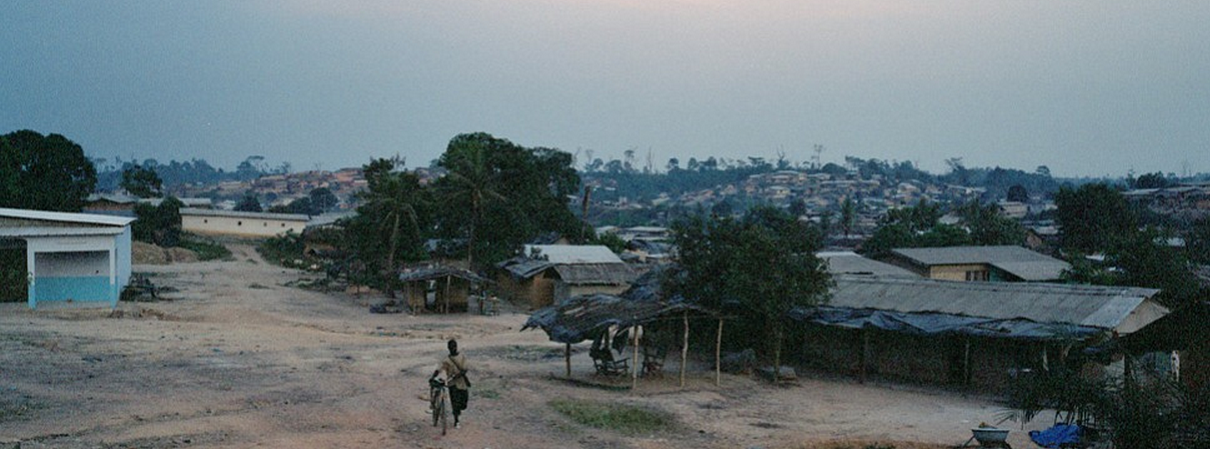From the Caribbean to Africa, the production of cocoa has long been a bittersweet tale of profit and power. Ethnic strife in Ivory Coast is the most recent chapter in this prized commodity’s checkered history. Initially migrant workers from across West Africa were invited to the country to share in its farmland, helping Ivory Coast become the world's top producer. (Today it provides some 40 percent of the world's crop.) But once the economy went sour in the 1980s, cocoa profits were more jealously guarded. Land disputes erupted, sparking xenophobic violence that became a 10-year civil war.
With the cessation of post-election violence last year and the ascendance of a new government, the war is supposedly over. But new attacks are still carried out between rival factions; thousands of people still live in refugee camps; and those who return to their destroyed homes swear vengeance. As always, cocoa production continues through the strife — but reconciliation and a true end to conflict may still be a long way off.

